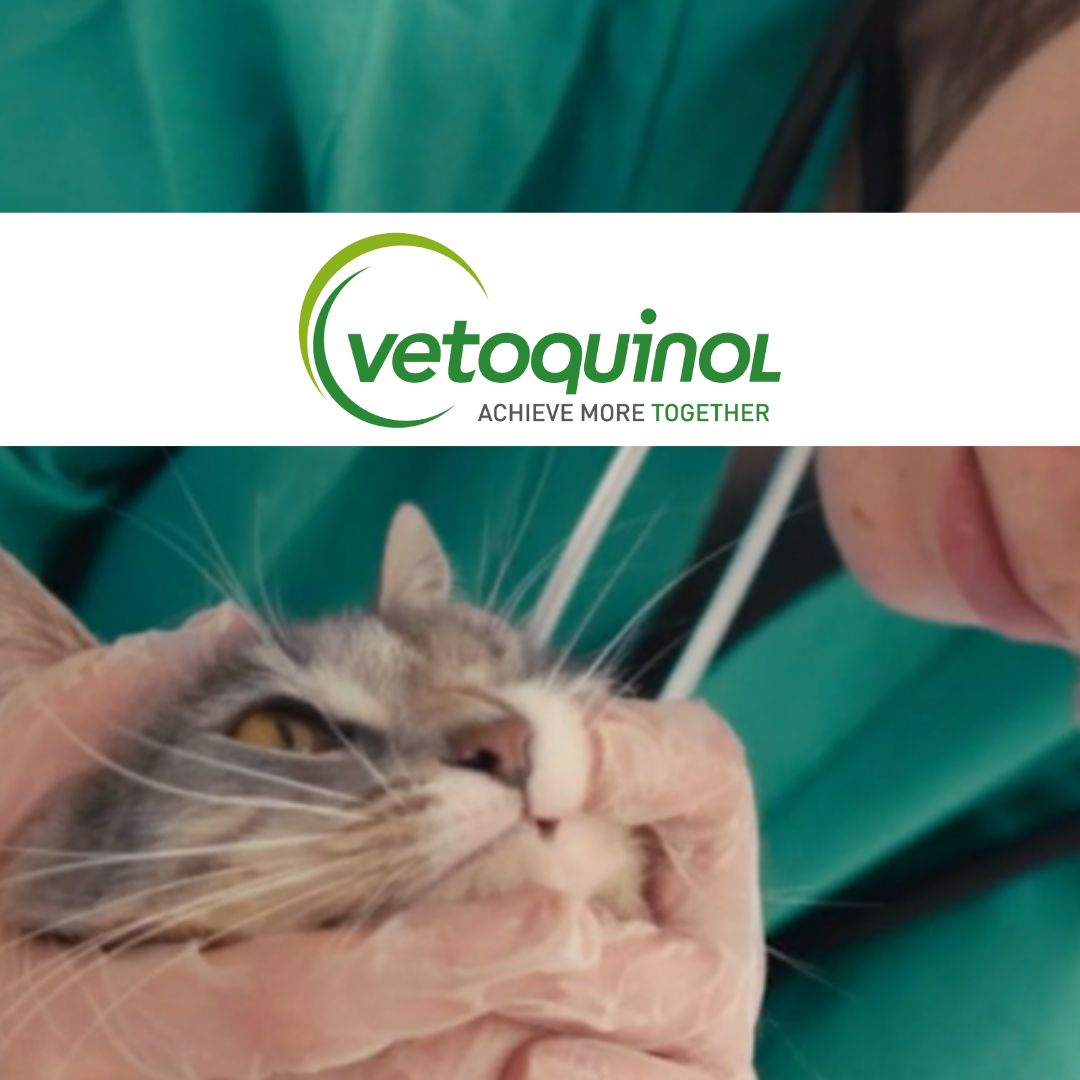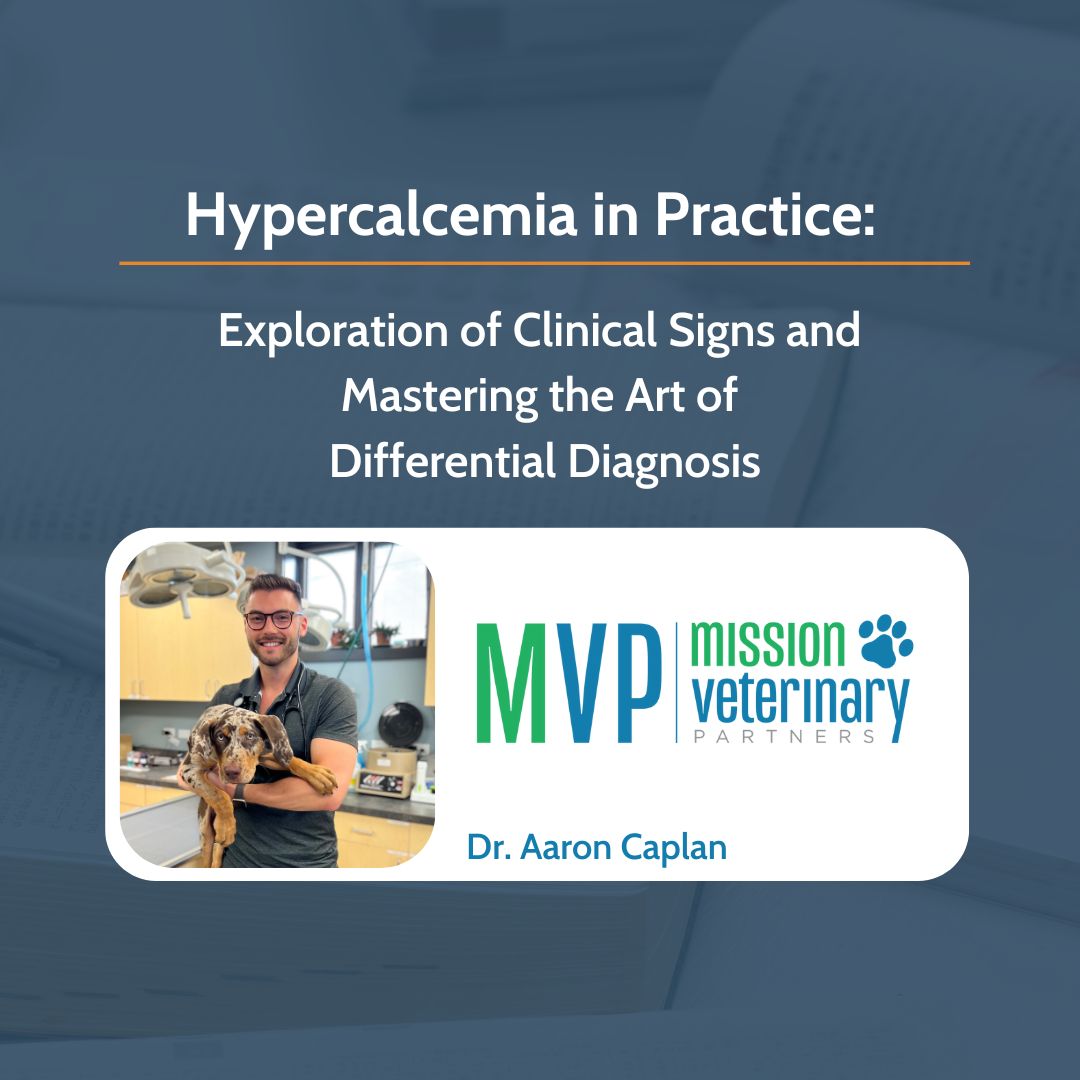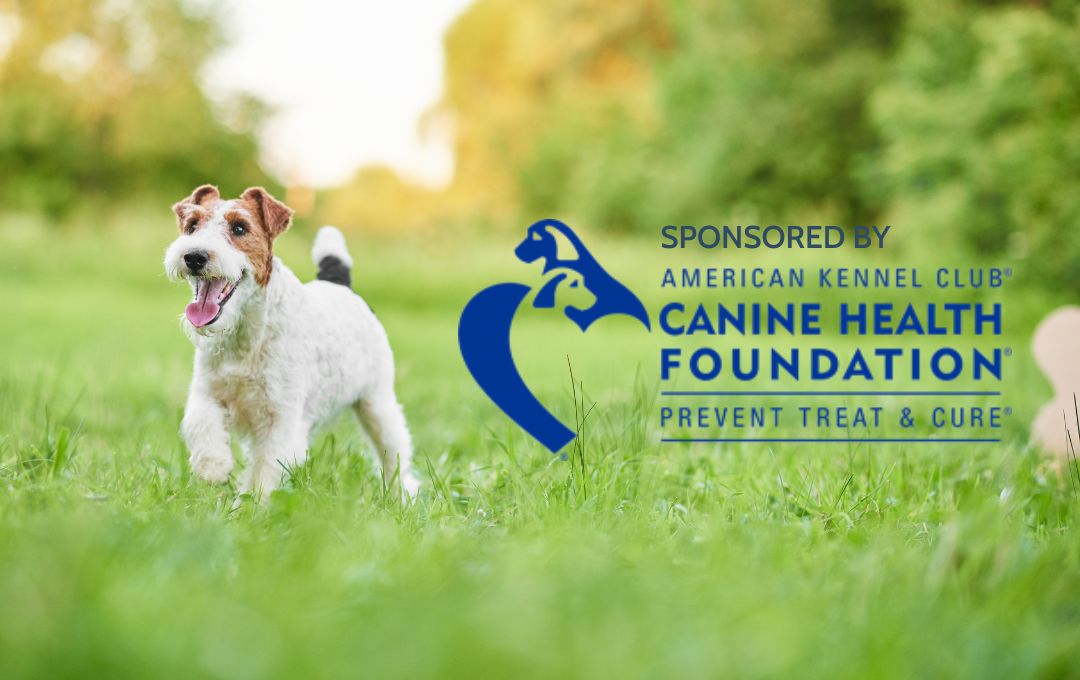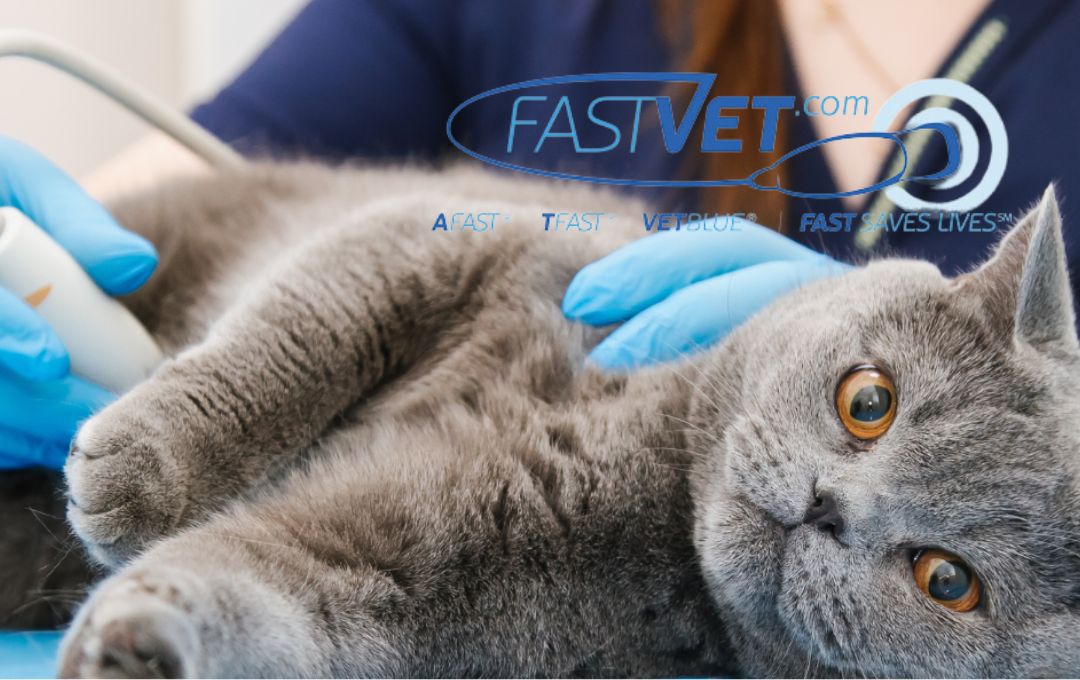Lauren S. Grider, DVM, CCFP
Naya* is a twenty-six-year-old veterinarian who is seeing her last patient of the day. The patient, a seven-year-old Golden Retriever named Clara*, is bright, alert, responsive, and very affectionate. Clara’s owners explain that they are seeking humane euthanasia because of Clara’s chronic skin problems. Currently Clara has severe alopecia and crusting along her caudal dorsum. The clients report that Clara has been to four different veterinarians, but she has failed to improve long-term. The clients are distressed by Clara’s foul odor and the fact that she often scratches and chews her skin until it bleeds. They feel that they have tried everything and that the only right thing to do is to humanely euthanize Clara so that she is no longer suffering.
Naya, on the other hand, does not believe that Clara’s condition warrants humane euthanasia. Fleas and flea dirt are noted during Clara’s physical examination. Though Naya cannot guarantee a full resolution for Clara, she suspects that addressing an underlying flea allergy will create a substantial improvement. Encouraged, Naya provides client education regarding allergic skin disease and makes treatment recommendations for Clara.
Unfortunately, Clara’s owners are not receptive to these recommendations. They insist that humane euthanasia is the only option they are prepared to consider. When Naya declines to provide this service, the owners storm out of the office with Clara in tow. In the days following the appointment, the angry clients post multiple negative online reviews about Naya and her practice. The next week, Naya learns that Clara was euthanized by another veterinarian.
Throughout this ordeal, Naya experiences frustration, sadness, and anger. She has difficulty sleeping and doesn’t feel like eating much. She also finds herself making sarcastic and cynical comments about many of her cases. Naya feels a general sense of helplessness when she thinks about Clara. She believes that she had the tools and knowledge to help her patient, but she was prevented from giving her the care that she needed.
Understanding Moral Distress
Moral distress is the term used to the describe feelings of discomfort experienced by caretakers when they are required to take actions that violate their own moral or ethical beliefs.1,2,3 It can also occur when caretakers are prevented from taking ethically appropriate actions on behalf of a patient.1 Feelings of helplessness, overwhelm, sadness, frustration, or anger are common when we perceive that the needs of a patient are being overshadowed by client demands or business policies. The resulting moral distress has negative impacts on patient care, wellbeing, work satisfaction, career engagement, and job retention.1,4-6 It is also a risk factor for compassion fatigue [https://vet-etc.com/compassion-fatigue-part-2-understanding-your-risk/].
Ethical dilemmas are frequently encountered in the veterinary field. In one survey of veterinarians in the UK, over 90% reported being faced with more than one ethical dilemma per week.7 Feelings of moral distress related to these dilemmas are also common. 70% of veterinarians report moderate to severe stress resulting from an inability to do what they felt was right for a patient.8
While any type of medical worker or caretaker can experience moral distress, it is more likely to occur in individuals who provide hands-on patient care, those who work in intensive care settings, and those who provide end-of-life care.5 Individual personality traits may also help determine the likelihood of experiencing moral distress. For example, perfectionistic tendencies have been linked to a higher risk of moral distress in veterinarians faced with challenging events.7,9
A Constructive Approach to Moral Distress
While moral distress has been associated with the negative outcomes outlined above, it can also result in positive outcomes when it leads to important and necessary changes.1 The American Association of Critical-Care Nurses has developed a four-step process for addressing moral distress and promoting a healthy work environment: Ask, Affirm, Assess, and Act.1 Though these “4 As” were originally created for use in human healthcare settings, the plan can be easily adapted and implemented in the veterinary field.
Ask: Am I experiencing signs of distress?
The goal of this first step is self-awareness and understanding.1 Recognizing the signs of moral distress requires knowledge of the phenomenon. There is significant overlap between the symptoms of moral distress and the signs of compassion fatigue [https://vet-etc.com/compassion-fatigue-part-2-understanding-your-risk/]. Continuing education efforts focused on mental health topics including moral distress benefit veterinary workers by allowing them to identify early symptoms of distress and to intervene quickly when they are encountered.6 Mindfulness practices [link: https://vet-etc.com/compassion-fatigue-part-4-the-many-faces-of-mindfulness/] are beneficial in improving self-awareness and increasing resilience in healthcare workers.
Affirm: Validate feelings and commit to self-care.
It is important for veterinary workers to understand that moral distress is worth taking seriously and is common in our field. Engaging in self-care habits [https://vet-etc.com/compassion-fatigue-part-3-shielding-and-healing-yourself/] is essential to minimizing the effects of workplace stress and compassion fatigue. Sharing experiences with trusted colleagues is also recommended.7 This gives veterinary workers the opportunity to see that they are not alone and paves the way for discussions about common causes of moral distress in the field.
Assess: Identify sources and severity of moral distress in the workplace.
Identifying the underlying causes of moral distress helps us better understand our feelings and what we might do to handle similar dilemmas in the future. Commonly recurring situations that create significant moral distress can be viewed as opportunities for systemic change, both in the workplace and in the profession at large. After a careful consideration of the risks and benefits of addressing the underlying issue, workers experiencing moral distress might choose to create an action plan designed to minimize the occurrence of similar situations in the future. Potential targets for action might include personal boundaries, practice policies, client education procedures, informed consent protocols, professional ethics codes, and legislation related to the field.7
Act: Take steps to preserve personal integrity and authenticity.
The final “A” involves enacting steps to create and maintain the desired level of change. There is no “correct” level of intervention. Sometimes sweeping reforms are achieved when medical professionals stand up for what they believe in. Many of the dramatic improvements in the veterinary industry over the past few decades – things like appropriate use of post-operative analgesia, antibiotic stewardship, and personal protective equipment – would not have occurred without vocal proponents of these changes. However, even relatively small changes can make a huge impact. Veterinary business owners and managers who wish to address moral distress in their own practices might consider creation of a clinic ethics committee to establish protocols for addressing difficult situations.4-6 Improvement in employee access to mental healthcare through insurance or employee assistance programs would also be helpful.4-6
Naya’s Personal Action Plan
After sharing her story with a colleague, Naya learned about the concept of moral distress for the first time. Being able give a name to her experiences helped Naya understand that her feelings about Clara’s case were both valid and, to some degree, even predictable. From there, Naya shared the case with her practice’s manager and owner. They agreed that Naya’s recommendation against humane euthanasia was appropriate and requested some time to discuss how these types of cases might be better handled on the administrative side in the future.
In the end, several changes were made to the practice’s policy for scheduling humane euthanasia consultations. These adjustments help guide client expectations surrounding euthanasia appointments and the veterinarian’s role in determining the appropriateness of such a procedure. Since clients are notified ahead of time that a pre-euthanasia consultation is required, they expect to receive Naya’s recommendations and are generally more receptive to conversations regarding treatment options. While Naya recognizes that creating universal agreement regarding the need for euthanasia in every case is impossible, these policy changes help her feel more supported in her role and empowered to make firm recommendations.
References
1. Rushton, C. H. (2006). Defining and addressing moral distress: Tools for critical care nursing leaders. AACN Advanced Critical Care, (17)2, 161-168.
2. Fonken, L. (2019). Living between the lines: Life, work, and wellbeing. 2019 Pacific Veterinary Conference Proceedings.
3. Halifax, J. (2018). Standing at the edge: Finding freedom where fear and courage meet. Flatiron Books.
4. Lamiani, G., Borghi, L., & Argentero, P. (2017). When healthcare professionals cannot do the right thing: A systematic review of moral distress and its correlates. Journal of Health Psychology, (22)1, 51-67. https://doi.org/10.1177/1359105315595120
5. Whitehead, P. B., Herbertson, R. K., Hamric, A. B., Epstein, E. G., & Fisher, J. M. (2014). Moral distress among healthcare professionals: Report of an institution-wide survey. Journal of Nursing Scholarship, (47)2, 117-125. https://doi.org/10.1111/jnu.12115
6. Bell, J., & Breslin, J. (2008). Healthcare provider moral distress as a leadership challenge. JONA’s Healthcare Law, Ethics, and Regulation, 10(4), 94-97. https://doi.org/10.1097/NHL.0b013e31818ede46
7. Fawcett, A., & Mullan, S. (2018). Managing moral distress in practice. In Practice, (40)1, 34. https://doi.org/10.1136/inp.j5124
8. Moses, L., Malowney, M. J., & Boyd, J. W. (2018). Ethical conflict and moral distress in veterinary practice: A survey of North American veterinarians. Journal of Veterinary Internal Medicine, (32)6, 2115-2122. https://doi.org/10.1111/jvim.15315
9. Crane, M. F., Phillips, J. K., & Karin, E. (2015). Trait perfectionism strengthens the negative effects of moral stressors occurring in veterinary practice. Australian Veterinary Journal, (93)10, 354-360. https://doi.org/10.1111/avj.12366














